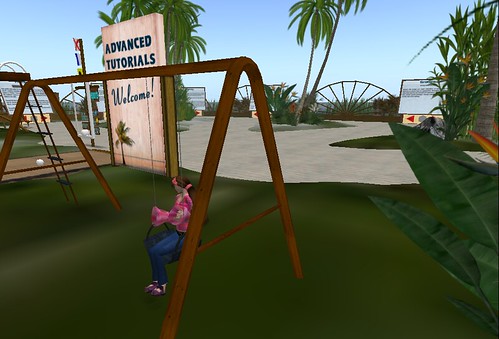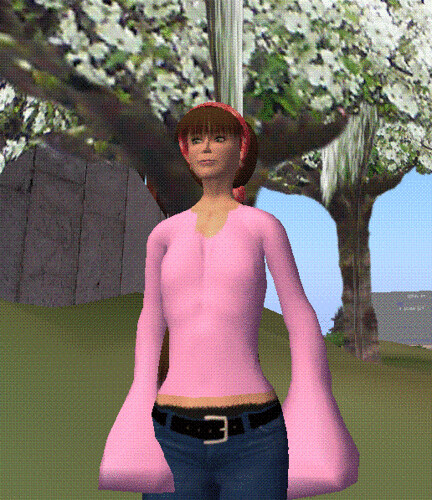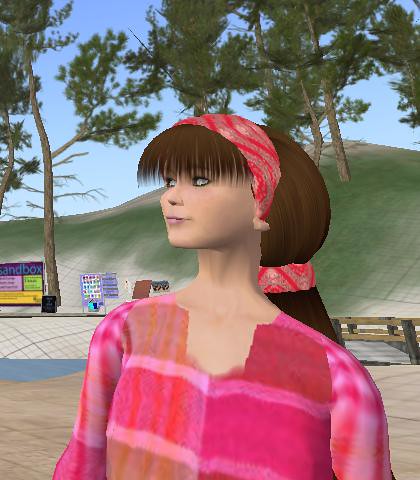First I think that you should reflect about how education and learning are perceived as such and I believe that in today's society people will mainly consider the achievement of certain degrees and the efficiency of one methodoloy versus another one, what is more cost-efficient F2F classroom or virtual teaching?
However this is not the only perspective you should be looking at. We should consider how our cultural perception of the telos of education in the past slowly moved to the sphere of cultural awareness. Well, I guess it could simply be that learning is natu
 ral and guarantees our survival, we need to grow, we need to evolve and therefore will to learn, unlearn, re-learn and eventually know, but always question ourselves in order to learn futher. This will keep us going, we advance, we improve, we transfer, we keep knowledge. It seems to be an inherent concept for the human being.
ral and guarantees our survival, we need to grow, we need to evolve and therefore will to learn, unlearn, re-learn and eventually know, but always question ourselves in order to learn futher. This will keep us going, we advance, we improve, we transfer, we keep knowledge. It seems to be an inherent concept for the human being.What would that mean if you look at those different contexts? Virtual versus F2F? Well, I believe that virtual training opens new perspectives and thus gives you a broader view on topics.
Try to look back when you were a child! Look at the picture!
 What do you see here? Two Walnuts? Yes! However they look different! So how do you know then? Well I guess at one point you tried to open one and looked at the insight and you discovered how it looks. From then on you knew!
What do you see here? Two Walnuts? Yes! However they look different! So how do you know then? Well I guess at one point you tried to open one and looked at the insight and you discovered how it looks. From then on you knew!What happened in terms of learning? You looked at the same thing from a new perspective and that helped you learn! Right! You were able to interact with the properties of the object according to your own needs.
This simple example might illustrate how it important it is to add new perspectives to learning, to give learners the opportunity to explore, try and understand. We have to be open to new things and learn in as many contexts as possible in order to be able to transfer knowledge and develop generic concepts.
In formal classroom you rarely have the occasion to explore and try, you would rather listen and eventually need some extra time to understand and apply what you have seen in classroom. In a virtual context you have not only the alternative to directly practice what you have seen, but you could also interact with other participants, each bringing in a new and challeging perspective.
Now you want me talk about one of my own experiences? Well for me it is the richness of cultural perspectives and thus the unique chance to raise your own cultural awareness and understanding. People tend to consider their own perspective as a kind of absolute reference and different opinions as a deviation from the norm.
We all explore new technologies, some grab our attention more than others, some seem revolutionary, others simply bore us. Tell us about that new tool, or set of tools, you have just discovered that really excites you, talk about the potential it has to change your work. What do you want to do with it?
We encourage participants to use the tool if they are working on specific projects to use the tool for getting insights and feedback from other participants. As participants highly appreciate this tool we think of further extending it to a web-based application and eventually relate to some online collaboration project.
Do you see yourself as a pioneer? Do you think you are more innovative than others in your organisation? Do you think your organisation is lagging behind? Tell us how you feel about this?
According to Wikipedia a pioneer is "..is a person or an organisation who is one of the first to do something and often op
 ens up a new area for others and achieves an innovation".
ens up a new area for others and achieves an innovation".I think like in many other organizations we have to find the right balance between innovation and feasibility. By that I mean we have to consider how ready our customers are for innovation and how this could be integrated and realized within the organization.
I feel that in our organization we try to make sure to find the right balance between those two aspects. Sometimes this means that we will invest some more time to investigate on new ideas in order to make sure that our customers will adopt the new technology and take full advantage. In this sense we might not always be at the edge of technology but make sure that when we introduce a new technology that it really creates impact.
In order to make sure that we always learn from this process we do research on how different technologies and methodologies impact the learning process in order to create the perfect mix for our participants. And in this sense I believe we are rather innovate, close to the creation of new ideas. However if I think about how innovative we are in terms of creation of new technogy I think give the structure and objective of the organization I would consider ourselves as "fast followers". Nevertheless based on our own research we try to find innovative ways to introduce these new technologies and implement them for teaching and learning.
I am convinced that you could always be more "innovative" but this might also have a price and this price could be taking a higher risk on how useful this innovation really is. I might be a true success as it could be a complete failure. Knowing this we have to evaluate in which context we are in and how much risk we are willing and able to take. For myself I might be taking a bigger risk whereas for my organization I might be following the overall strategy.
And I think you should never be satisfied with the result, because that is the moment you will be stagnating and there won't be any space for innovation.








